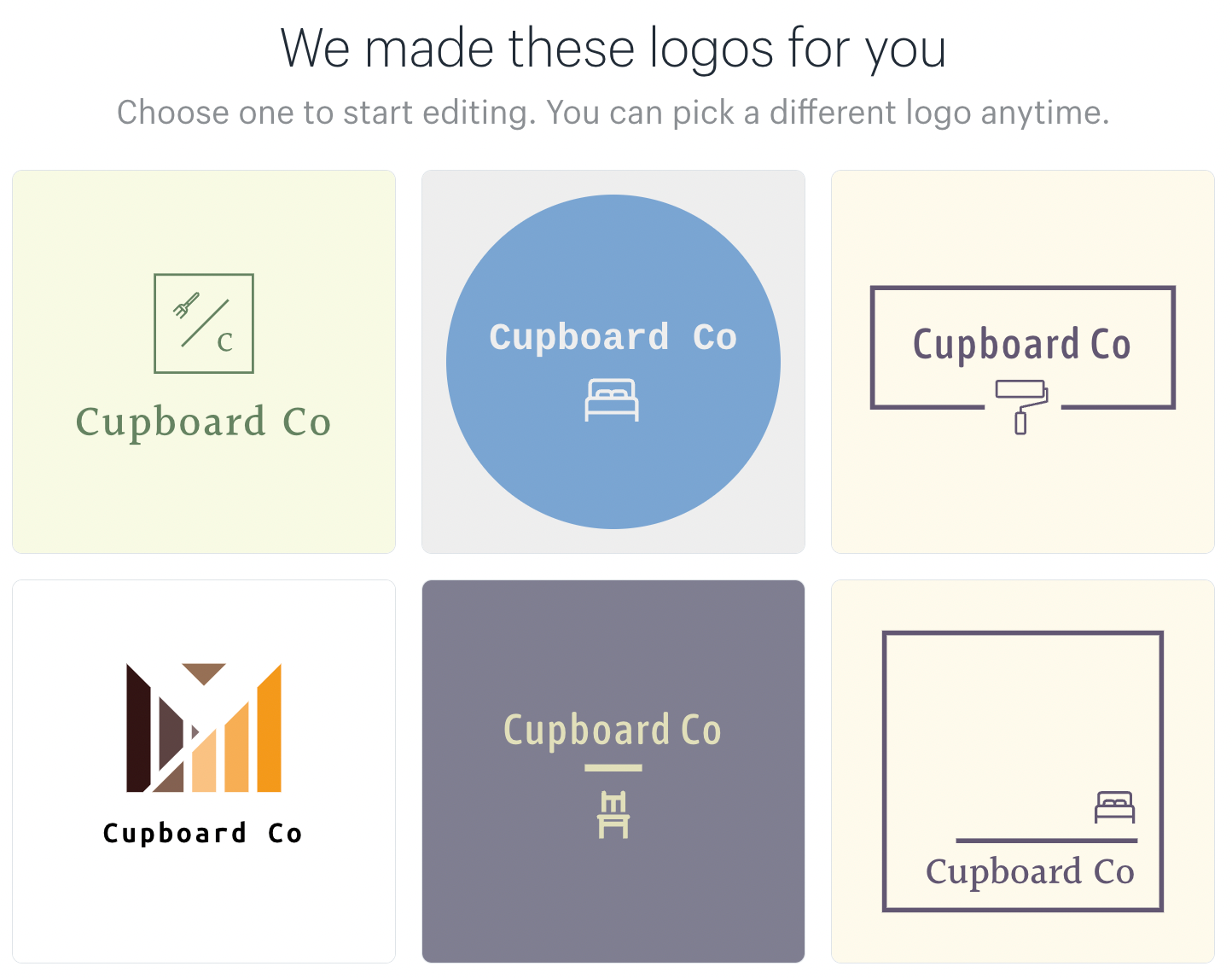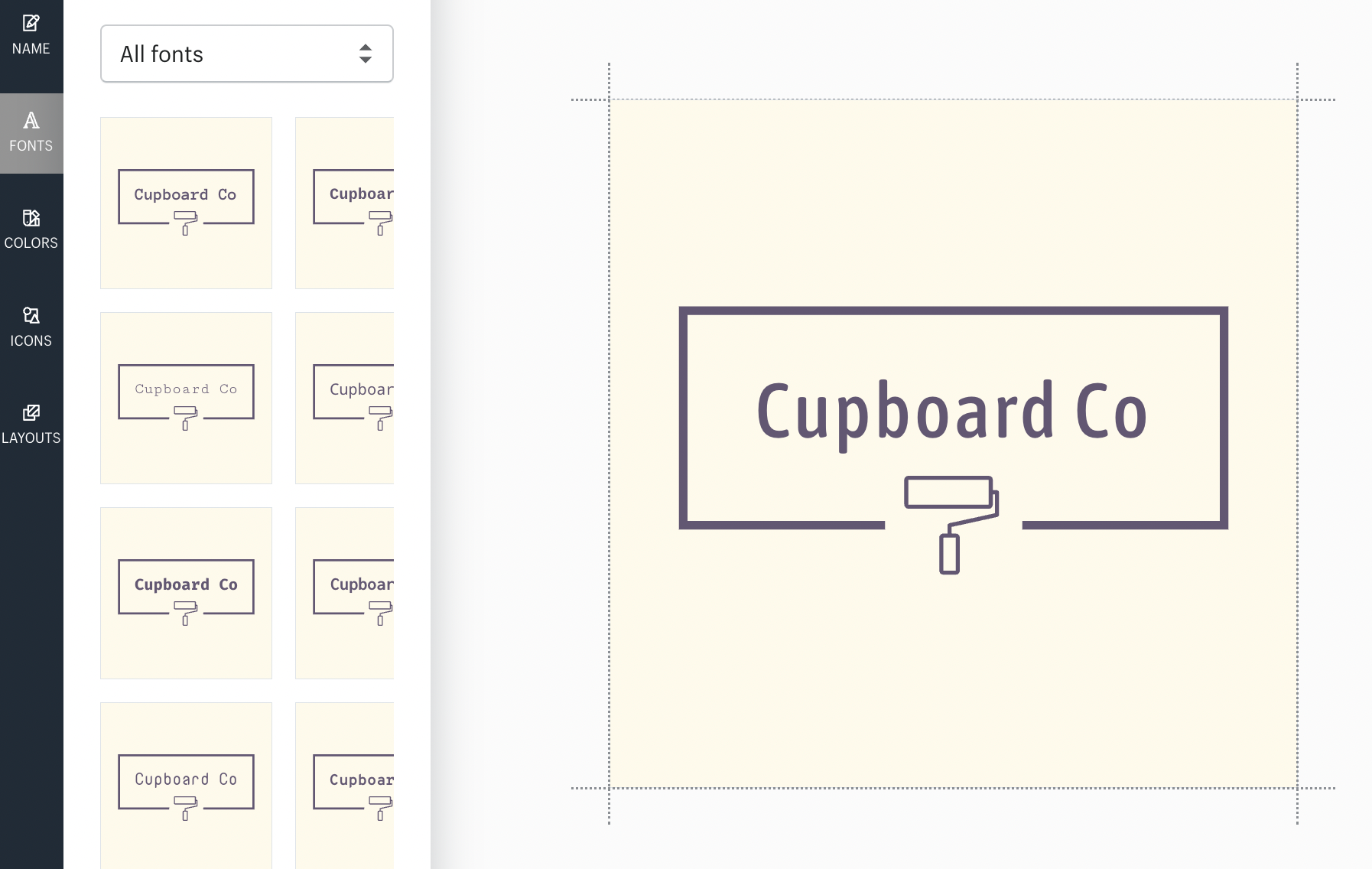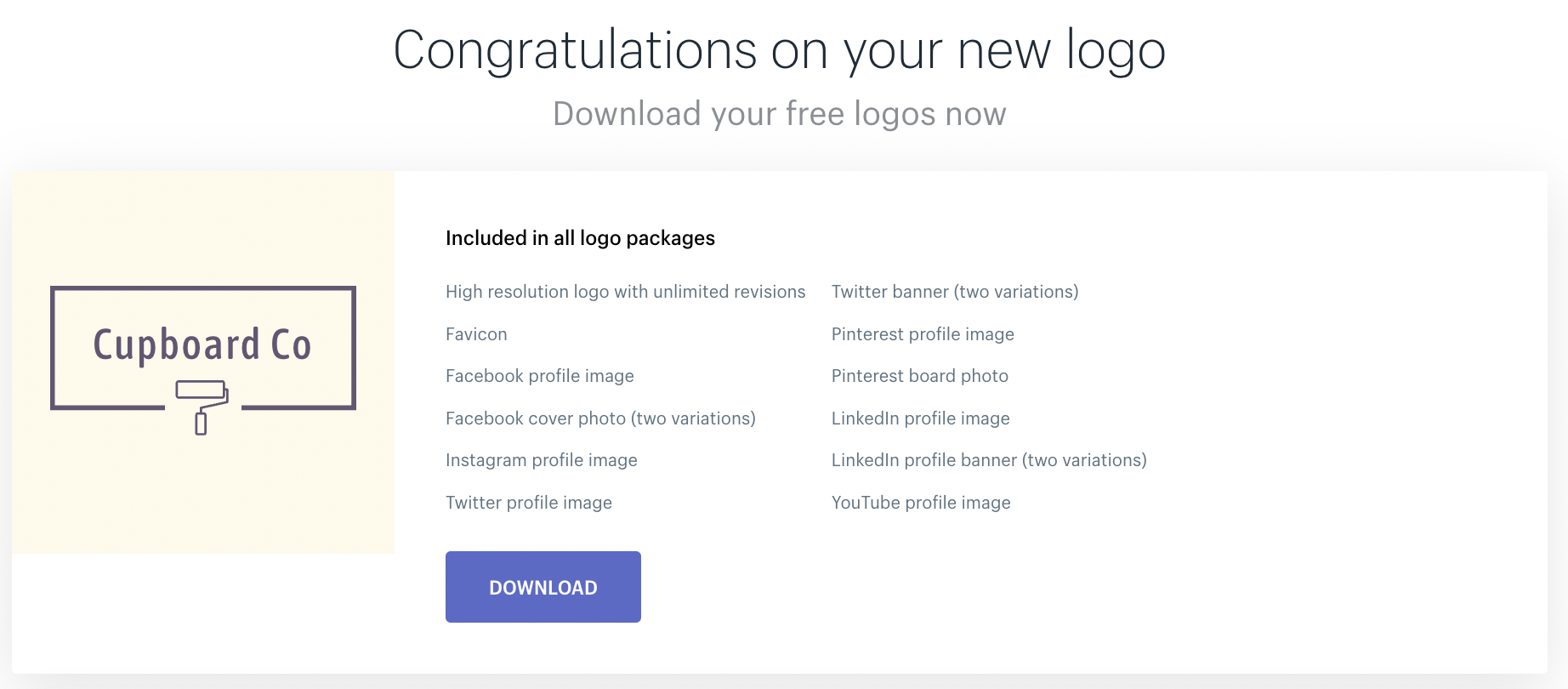Your logo is often the first thing customers notice about your brand. A well-designed ecommerce logo captures your brand’s essence while being distinct and memorable. For your online store to succeed, you need a strong logo that resonates with your target customers.
This guide covers what makes an effective ecommerce logo, core design principles, and practical tips for creating a logo that represents your brand.
What is an ecommerce logo?
An ecommerce logo is the visual representation of your brand. It typically combines text and symbols—the text displays your business name while the symbols express your brand identity.
Since your logo appears on your store, social media pages, and marketing materials, it shapes customers’ first impressions of your business. A well-designed logo communicates who you are and what you offer in a way that draws in your target customers.
3 key principles of a good ecommerce logo
A successful logo combines three essential elements that work together to build your brand. Let’s explore each one and see how top brands put them into practice.
Relevance
Your logo should reflect your store’s identity to build trust and authenticity with your customers. Look for meaningful connections to your products—even if they’re thematic. For example, the Starbucks logo features an image of a siren, connecting to the maritime history of coffee trading.

Simplicity
A strong ecommerce logo is easy to recognize and visually appealing while clearly communicating your business type. Take Gymshark’s streamlined logo—it conveys forward motion, which aligns perfectly with an athletic apparel brand. Simple designs stick in customers’ minds.

Versatility
Your logo needs to look good everywhere—from print materials to digital displays to merchandise. It should maintain its quality and recognizability whether it’s large or small. A versatile logo works seamlessly across products, packaging, labels, and your ecommerce website.
Magic Spoon demonstrates this well—its logo remains distinctive across all it branded assets.

8 tips for creating an effective ecommerce logo
Creating a memorable logo requires strategic thinking before you start designing. These eight tips will help you develop a logo design that resonates with your customers and strengthens your brand.
- Define your brand identity
- Conduct market research
- Prioritize impact over preference
- Choose your logo style
- Select colors and fonts
- Give yourself design options
- Establish brand guidelines
- Be open to feedback
1. Define your brand identity
Your brand identity forms the foundation of your ecommerce business. Think about what words best describe your brand, who your target audience is, and how you want customers to feel about your store. Consider your core values and brand personality, then use these insights to guide your design.
2. Conduct market research
Study the logos of successful brands in your industry. Pay attention to what works well and what feels outdated or unappealing. Use these observations to inspire your design—not to copy directly.
3. Prioritize impact over preference
Colors, images, and fonts each evoke specific feelings that shape how customers perceive your brand. Choose design elements based on the emotional impact you want to create, rather than personal preference.
4. Choose your logo style
Consider which types of logo represents your brand:
- Emblems
- Logotypes/wordmarks
- Pictorial marks
- Lettermarks
- Mascot logos
- Combination logos
- Abstract logos
- Dynamic or animated logos
- Negative space logos
- 3D logos
- Letterforms
Each logo style has different benefits and aesthetics, so choose the style that best matches your brand style.
5. Select colors and fonts
Color psychology influences how people perceive your brand. Choose a color palette that aligns with your desired brand perception—like blue for calmness or black for luxury. Similarly, select fonts that match your brand image, whether that’s elegant, youthful, or bold.
6. Give yourself design options
Create multiple logo variations to test with your audience. Try different color schemes and typefaces, or explore completely different designs. Having options increases your chances of finding a logo that connects with customers.
7. Establish brand guidelines
Create brand guidelines that work across all your branding elements, from your logo to product packaging. Include your typography, color palette, and rules for using imagery. These guidelines help maintain consistency as you build your brand.
8. Be open to feedback
Get input from people who understand your brand, like your team members. Consider testing different versions with your target audience. Use this feedback to refine your ecommerce logo design until you have a logo that truly represents your brand.
Using an ecommerce logo maker
A logo maker helps you create a professional online store logo quickly, even without design experience. Here’s how to use Shopify’s free logo maker to design a custom logo for your store.
How to use Shopify’s logo maker
Using Shopify’s logo maker is fast and simple:
- Go to Shopify’s free online logo maker.
- Select “Create your logo”
- Choose your business industry for more tailored designs.
- Pick up to three design styles that match your brand (like “Natural,” “Calm,” and “Elegant” for a wellness brand).
- Add your business name and optional tagline.
- Select where you’ll use your logo.
- Browse the generated options.

After choosing a design, you can customize your logo’s font, color, icon, and layout in the editor.

Shopify’s free online logo maker creates high-resolution formats suitable for business cards, social media profiles, website banners, merchandise, and store signage.

Benefits of using a logo maker
Logo makers generate multiple logo designs quickly, saving you from starting from scratch. If you don’t have design experience or the budget to hire a professional designer, a logo maker helps you create professional results. You can customize your favorite designs to match your brand’s colors and typography, giving you a polished logo that represents your business well.
Ecommerce logo FAQ
What are some good examples of ecommerce logos?
Some standout ecommerce logos include Graza, Olipop, Fishwife, Eastside Golf, and Great Jones. Each of these brands has created a distinctive logo that represents their brand identity effectively.
How can I create a logo online?
You can create a professional logo quickly using Shopify’s free logo creator. Choose from hundreds of templates designed specifically for online stores, then customize your logo to match your brand.
How does an ecommerce logo impact brand presence and customer trust?
A well-designed logo helps establish your store’s credibility. When customers see a professional logo that accurately represents your brand’s offerings and mission, they’re more likely to trust your business. Since most businesses have logos, having one signals that your store is legitimate.
How do color and typography influence a logo’s effectiveness?
Color evokes specific emotions and attitudes in customers. Choose a color palette that creates the right feeling for your brand. Typography works the same way—different fonts can convey luxury, elegance, youthfulness, or other qualities. Select fonts and colors that align with your brand image.
What are common mistakes to avoid when creating an ecommerce logo?
Avoid creating an overly trendy logo that will look dated quickly. Instead, aim for a timeless design that will stay relevant for years. Keep your logo simple and easy to understand—complex designs can confuse customers and make your brand harder to recognize.





